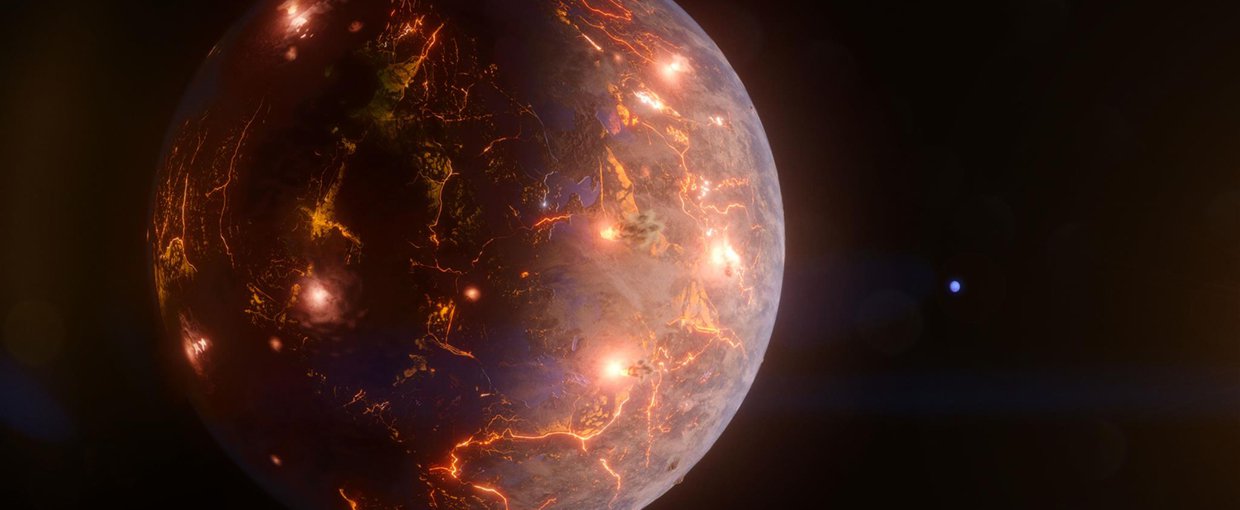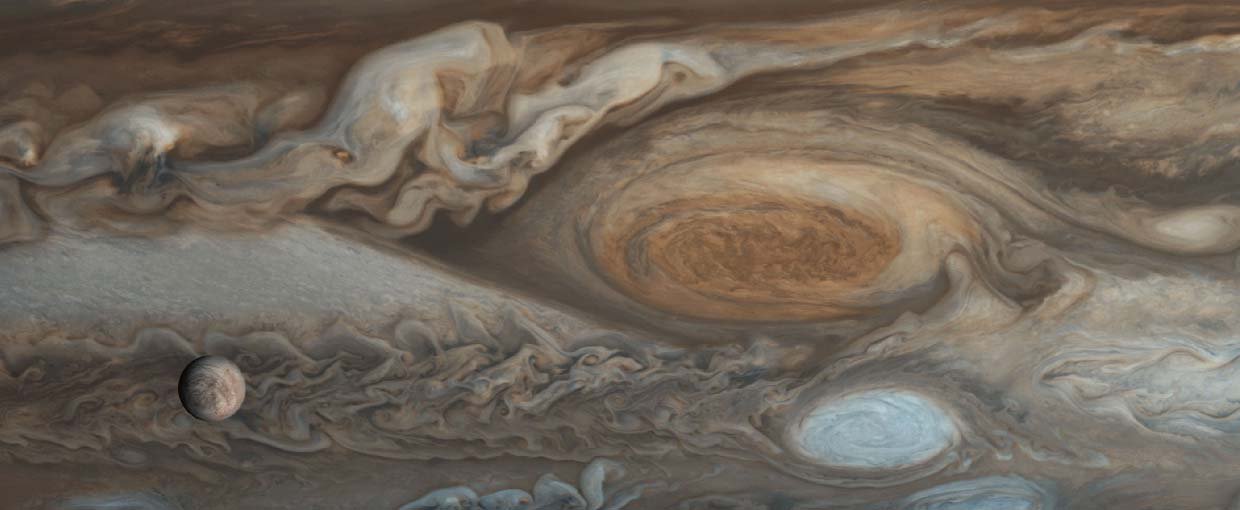Ellinger, C. I., Young, P. A., & Desch, S. J. (2010). The Astrophysical Journal, 725(2), 1495–1506. doi:10.1088/0004-637x/725/2/1495
Hoehler, T. M., & Westall, F. (2010). Astrobiology, 10(9), 859–867. doi:10.1089/ast.2010.0527
Jolley, C. C., & Douglas, T. (2010). Biophysical Journal, 99(10), 3385–3393. doi:10.1016/j.bpj.2010.09.001
Kaye, J. Z., Sylvan, J. B., Edwards, K. J., & Baross, J. A. (2010). FEMS Microbiology Ecology, 75(1), 123–133. doi:10.1111/j.1574-6941.2010.00984.x
Kim, Y. S., & Kaiser, R. I. (2010). The Astrophysical Journal, 725(1), 1002–1010. doi:10.1088/0004-637x/725/1/1002
Klitgord, N., & Segrè, D. (2010). PLoS Computational Biology, 6(11), e1001002. doi:10.1371/journal.pcbi.1001002
Luo, G., Kump, L. R., Wang, Y., Tong, J., Arthur, M. A., Yang, H., … Huang, J. (2010). Earth and Planetary Science Letters, 300(1-2), 101–111. doi:10.1016/j.epsl.2010.09.041
Mysen, B. O. (2010). American Mineralogist, 95(11-12), 1807–1816. doi:10.2138/am.2010.3539
Otake, T., Wesolowski, D. J., Anovitz, L. M., Allard, L. F., & Ohmoto, H. (2010). Geochimica et Cosmochimica Acta, 74(21), 6141–6156. doi:10.1016/j.gca.2010.07.024
Peeters, Z., Vos, D., Ten Kate, I. L., Selch, F., Van Sluis, C. A., Sorokin, D. Y., … Muijzer, G. (2010). Advances in Space Research, 46(9), 1149–1155. doi:10.1016/j.asr.2010.05.025



